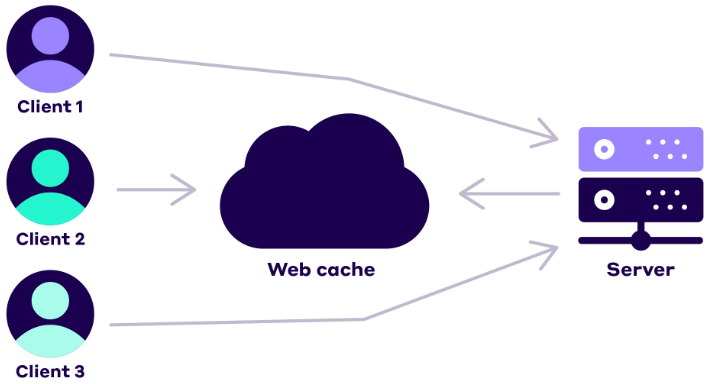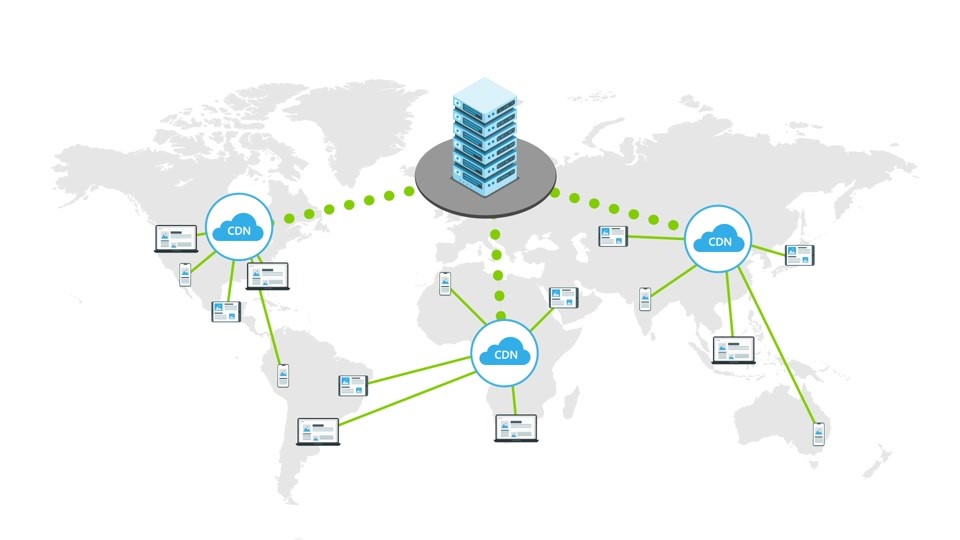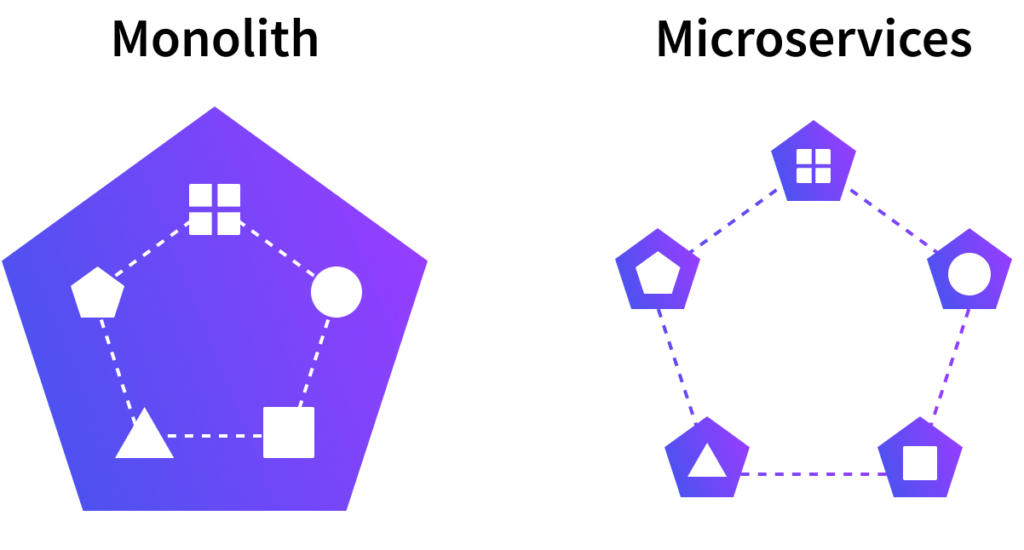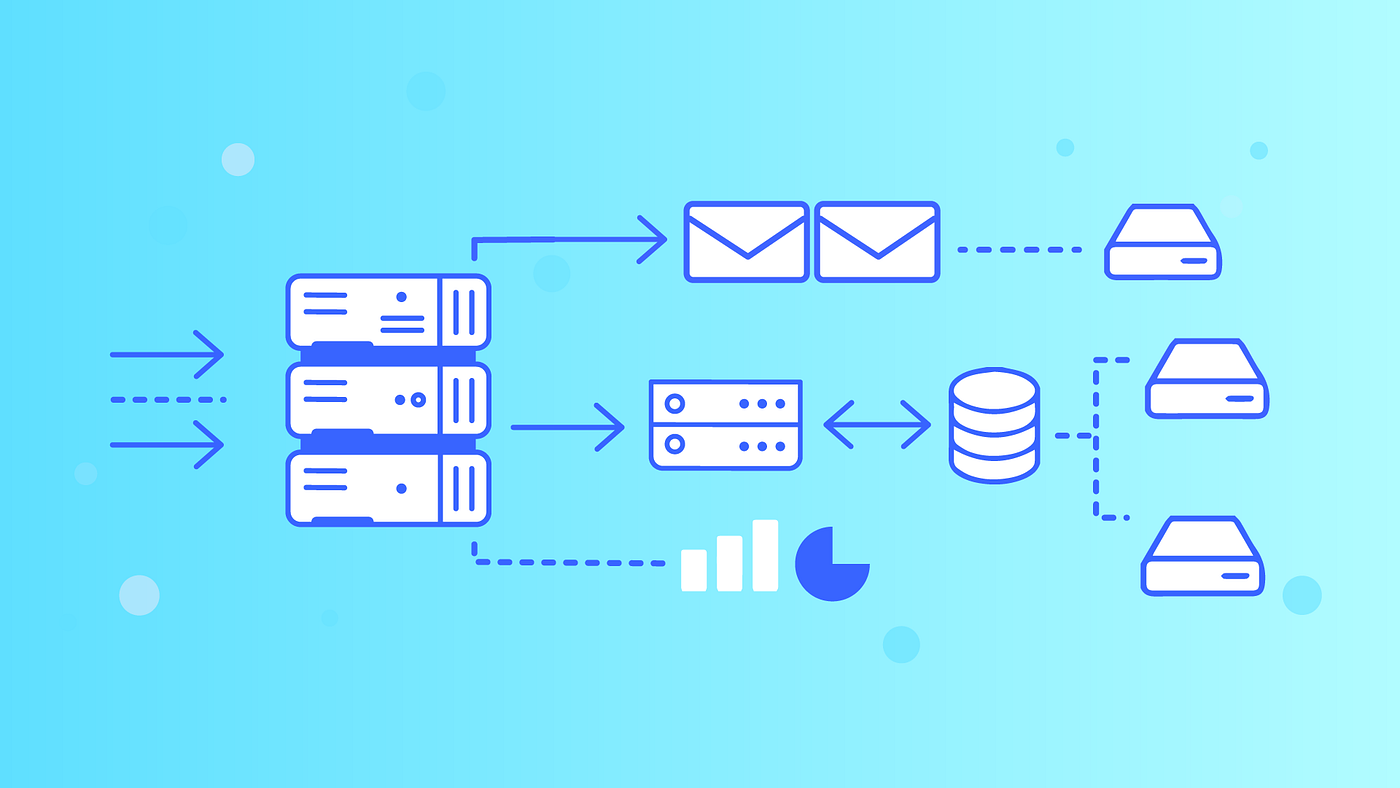In this second part, we will explore a few more important concepts to deepen your understanding of web systems and how they function.
Step 6: Caching – Fast Access to Frequently Used Data

Let’s say you’re studying for an exam and constantly refer to a few key pages. You might photocopy those pages and keep them on your desk for quick access. Caching works in a similar way—frequently accessed data is stored in a temporary location, so it can be retrieved quickly without searching through the entire database.
Step 7: Content Delivery Networks (CDN) – Bringing Content Closer to Users

If you’re watching a movie, and the server is located halfway across the world, it might take a while to load. A Content Delivery Network (CDN) solves this by storing copies of the movie on servers in multiple locations worldwide. When you hit play, the CDN sends the movie from the closest server, reducing buffering time.
Step 8: Monolith vs. Microservices – Two Approaches to Building Apps

Building an application is like constructing a house:
- Monolith is like building the entire house as one single unit. It’s easier to set up but harder to modify later. If something breaks in the bathroom, it might affect the whole house.
- Microservices are like building the house in separate rooms—kitchen, bedroom, and bathroom—so you can fix or upgrade one room without disrupting the rest of the house. This approach is more flexible and easier to manage at scale.
Step 9: Message Queues – Communicating Without Interruptions

Imagine ordering pizza online. You place your order, and the restaurant starts preparing it while you continue doing other things. You don’t have to wait for the entire process to complete before moving on. In a web system, message queues allow different parts of the system to communicate without waiting for each task to finish before starting the next.
Step 10: API Gateway – A Single Entry Point for All Requests

Picture a large office building with various departments. Instead of wandering around looking for the right department, you first talk to a receptionist who directs you to where you need to go. Similarly, an API Gateway acts as a front door for all client requests. It routes the requests to the appropriate services and ensures security, like a receptionist guiding visitors to the right office.

